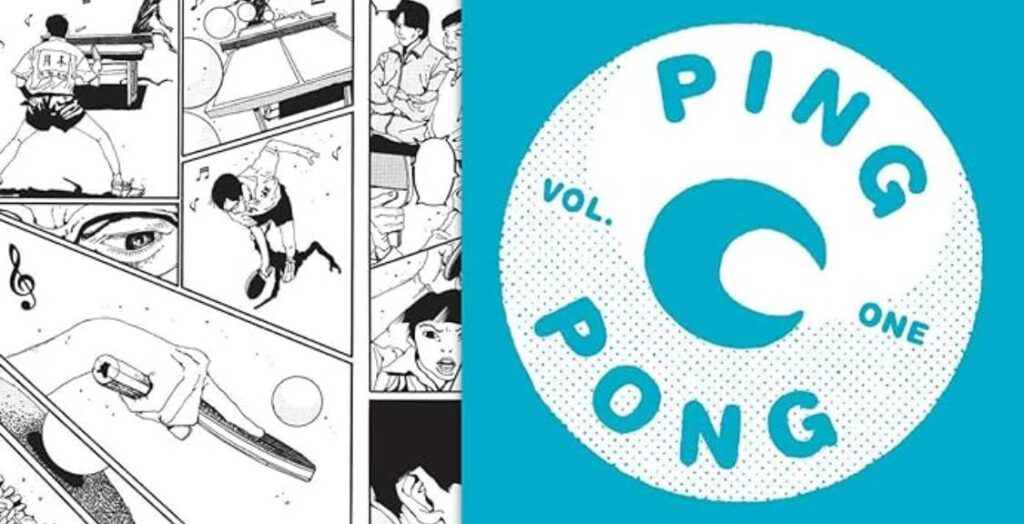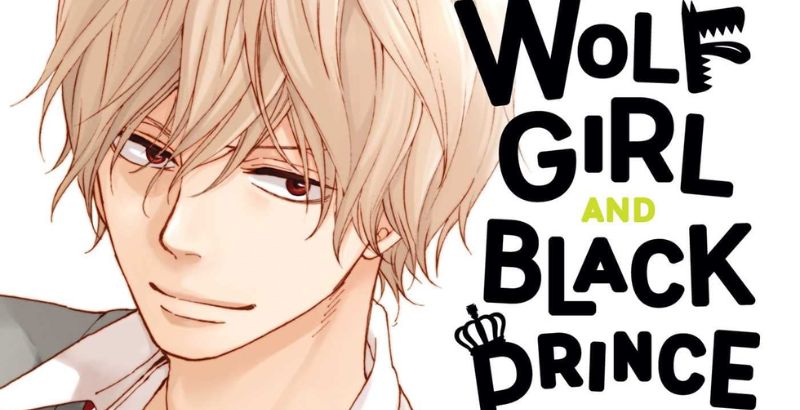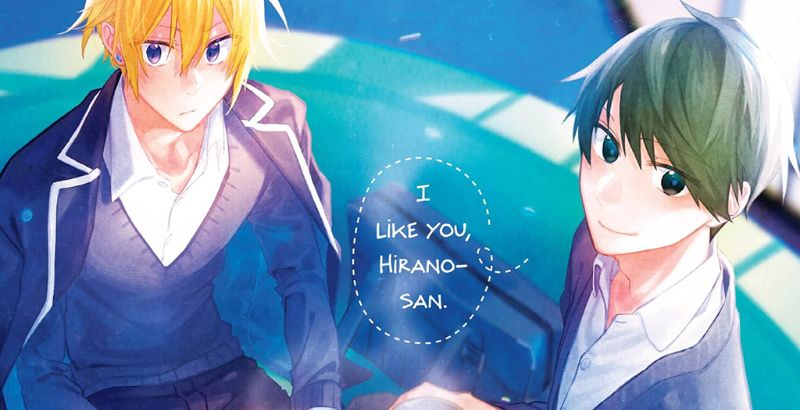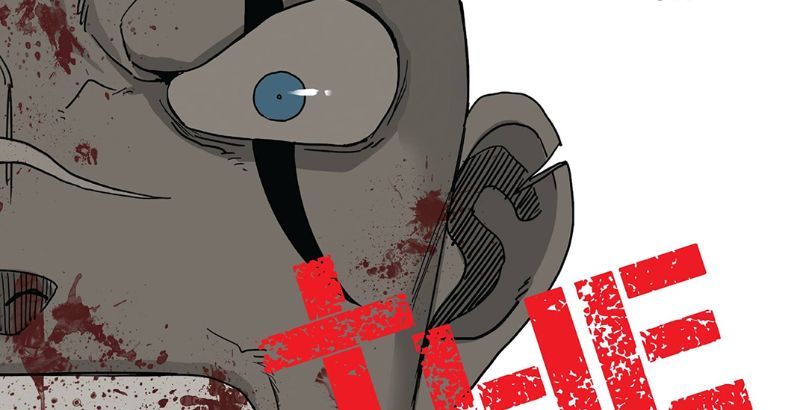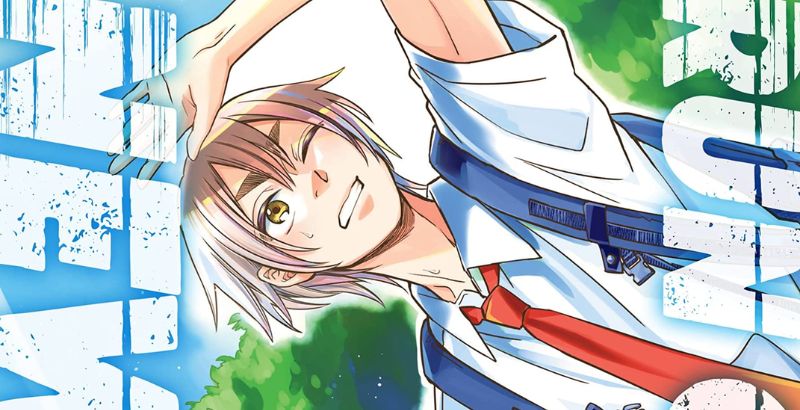Mangaka Taiyō Matsumoto’s Ping Pong Volume 1 brings all of this in spades as it doubles as both sports manga as well as a coming-of-age story for two kids. Despite being originally released in Japan in 1996, the series has remained popular through a 2002 live-action film, a 2014 anime television series, and now in 2020 the manga receiving an English publication through Viz Media translated by Michael Arias.
Unlike volume 1 of the original Japan run of the manga, which features only eleven chapters, Viz Media’s English-translated Ping Pong Volume 1 release has a whopping twenty-seven. The manga focuses on two table tennis-playing high students who are essentially your traditionally opposite personality protagonists. Yutaka Hoshino, or “Peco,” is largely cocky and carefree, while Makoto Tsukimoto, or “Smile,” is much more reserved and only smiles when playing table tennis. The two become friends early in their childhoods and remain close as they enter high school and are recruited to the school’s table tennis team. Readers follow the duo as they attempt to make it to become Japan’s best, with their first chance being in a summer tournament.
The story is relatively fast-paced, and 500 pages fly by as you learn not only about the two main characters but a host of colorful characters whom readers come to know. To call them side characters really feels like a disservice as all have their own stories and approaches toward ping pong, which are fleshed out surprisingly well for a manga primarily focused on two characters. This is where Ping Pong really differs from other sports media I have consumed before. It quickly becomes apparent that the game is merely a medium for Matsumoto to give commentary differently. We as people approach the same goal and deal with the same obstacles.
Despite being the first volume in the series, failure is rampant throughout Ping Pong Volume 1 Our two young prodigies, Peco and Smile, fail just as much as the players they defeat in the summer tournament. However, everyone handles their defeats differently. Despite all having a burning passion for table tennis, they are all invested for a different reason that is much deeper than the love of the game which causes the stakes of failure to be much higher for some characters. With that said, the way that each player deals with the failure, even ones seen as antagonists, provides a very realistic insight to working to your dream.
Failure is going to happen at some point, and there isn’t an end all be all on how to deal with it. Sometimes you are your own worst enemy. Sometimes your hard work isn’t going to trump talent. Sometimes you need failure to fuel you regardless of innate talent. Sometimes you need to accept failure and use it to guide to your next goal. Not everyone is meant to be the next LeBron James or Serena Williams but that does not mean you aren’t going to find your happy ending. I am eager to see not only how Smile and Peco deal with their already apparent adversity but the other characters as well.
Initially, the art style that Matsumoto utilizes was a bit jarring to my eyes. The scale of objects and body parts isn’t always scaled correctly and the lines are frequently drawn wobbly. This lead me to focus much more on the story for many of the early chapters. However, it later became apparent to me once the games began to take place and the background of characters were provided that Matsumoto truly has a talent for making simple lines jump off the page. The matches are intense and are coupled with additional imagery that truly embodies the stories that are weaved for the characters earlier on in the series. By the end, I had memorized and even went back to the earlier chapters to appreciate what I had missed fully. Do not let the art style be the thing that makes you put this manga down.
I do not pretend to know much about the sport of table tennis. I half picked it up as a review because I was expecting a Balls of Fury-esque action sports series. I was pleasantly surprised to get a to experience a story that reminds me more of shonen in its themes and character development than any other sports manga or anime I have come across.
Ping Pong truly transcends sports manga to give a much deeper story than anyone will expect with a story about two kids playing table tennis. After one volume, I can’t say I learned too much about table tennis as much of the rules and terminology aren’t really explained like in other sports manga/anime. However, I did come away with a much different perspective on failure and the differing motivations of others who are competing towards to the same goals as I am. In the end, I believe that is the outcome Matsumoto desired, and I, for one, am grateful for it.
Ping Pong Volume 1 will be available now.
Ping Pong, Volume 1
TL;DR
Ping Pong truly transcends sports manga to give a much deeper story than anyone would expect with a story about two kids playing table tennis. After one volume, I can’t say I learned too much about table tennis as much of the rules and terminology aren’t really explained like in other sports manga/anime.

